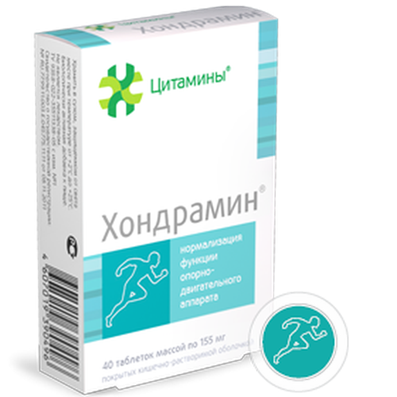Instruction for use: Silver nitrate (Argenti nitras)
I want this, give me price
Pharmacological group
Antiseptics and disinfectants
Nosological classification (ICD-10)
L98.4 Chronic skin ulcer, not elsewhere classified
Secondary-infected trophic ulcers, Long-lasting non-healing skin ulcer, Ulceration of the skin, Cutaneous ulcer, Wet sore ulcers, Chronic ulcers, Chronic skin ulcers, Chronic skin ulcer, Ulcers coughing, Septic ulcer
R23.4 Skin structure changes
Cracks in the skin, Erosion, Postpone, Decreased skin elasticity, Violation of keratinization processes, Age-related skin changes, Cracks in the skin, Increased dryness of the skin
T14.1 Open wound of unspecified body region
Secondary healing processes, Sluggishly granulating wounds, Sluggishly healing wounds, Sluggish wounds, Deep Wounds, Purulent wound, Granulating wounds, Prolonged non-healing wound, Long-lasting non-healing wound and ulcer, Long-lasting non-healing soft tissue wound, Healing of wounds, Wound healing, Capillary bleeding from superficial wounds, Bleeding wound, Radiation Wounds, Slowly epithelializing wounds, Minor cuts, Suppurated wounds, Violation of wound healing processes, Breach of skin integrity, Violations of the integrity of the skin, Violations of the integrity of the skin, Small cuts, Uninfected wounds, Uncomplicated wounds, Operating wound, Primary treatment of surface contaminated wounds, Primary wound treatment,Primary-delayed treatment of wounds, Poorly cicatrizing wound, Poor wound healing, Bad wound, Superficial injury, Superficial wound with mild exudation,Wound, The wound is large, Bite wound, Wound process, Wounds, Wound healing wounds, Stump Wounds,Wounds for gunshot, Wounds with deep cavities,Difficult healing wounds, Difficult wounds, Chronic Wounds
CAS 7761-88-8
Characteristics of Silver nitrate
Colorless transparent crystals in the form of plates or white crystalline rods without a smell. Very easily soluble in water (1: 0.6), soluble in ethanol (1:30). Under the influence of light it gets dark.
Pharmacology
Pharmacological action - anti-inflammatory, bactericidal, antiseptic, astringent, cauterizing, antimicrobial.
It binds sulfhydryl and carboxyl groups, which can cause a change in the conformation of the protein, its structure, or cause denaturation. When silver nitrate is dissociated, silver ions cause precipitation of proteins and cause bactericidal action. Silver albumin, formed by the interaction of silver nitrate with tissue proteins, gradually acquires a black color (this is due to the restoration of silver metal from albumin), which, in turn, leads to interaction with active groups of enzymes. It blocks some enzyme systems, thereby violating the metabolic processes in the microbial cell. In this regard, silver nitrate after a short-term bactericide has a long bacteriostatic effect. Silver nitrate at a dilution of 1: 1000 destroys the majority of microorganisms.
At small concentrations of silver ions, precipitation is limited by interstitial proteins and astringent, as well as anti-inflammatory, action is manifested. In high concentrations, silver ions cause damage to membranes and intracellular structures, exerting cauterizing action (loose albumins are formed).
Previously, silver nitrate was used for chronic gastritis and peptic ulcer of the stomach and duodenum (inside, in the form of 0.05% solution). A solution (2%) can be used to prevent gonococcal infection of the eyes in newborns.
Application of Silver nitrate
Damage to the skin - erosion, ulcers, excessive granulation, cracks.
Contraindications
Hypersensitivity.
Side effects of Silver nitrate
Allergic reactions.
Interaction
Incompatible with organic substances (decomposes), with chlorides, bromides, iodides (a precipitate is formed).
Routes of administration
Outwardly.

 Cart
Cart





